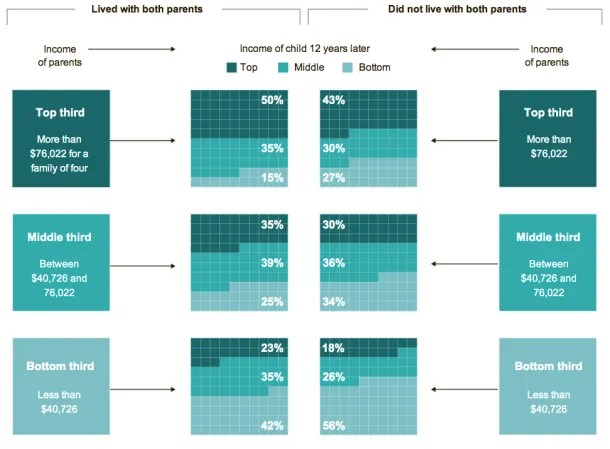Posts tagged "income"

Visualizing Income Equality in Major World Economies
Years after a global crisis, the world's largest economies are again growing, The New York Times reported over the weekend. Every major economy on earth is expanding at once, a...
Read more →

Charting Unmarried Households And The Effect On Kids' Future Income
The New York Times has a fascinating story today about links between marriage and children and the growing class divide in America. The story focuses on two families — one led...
Read more →